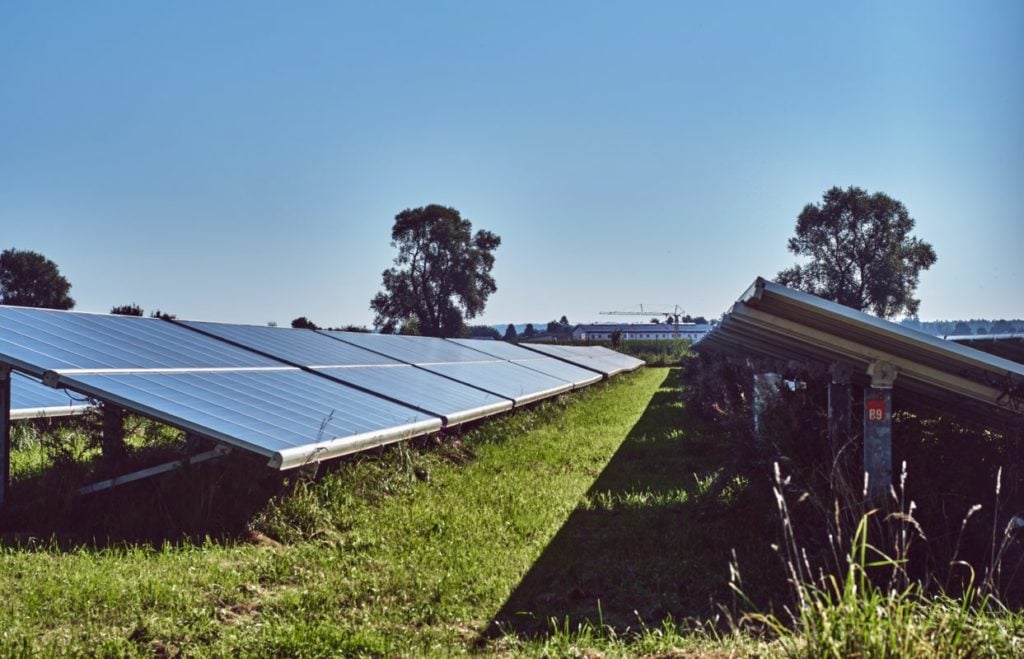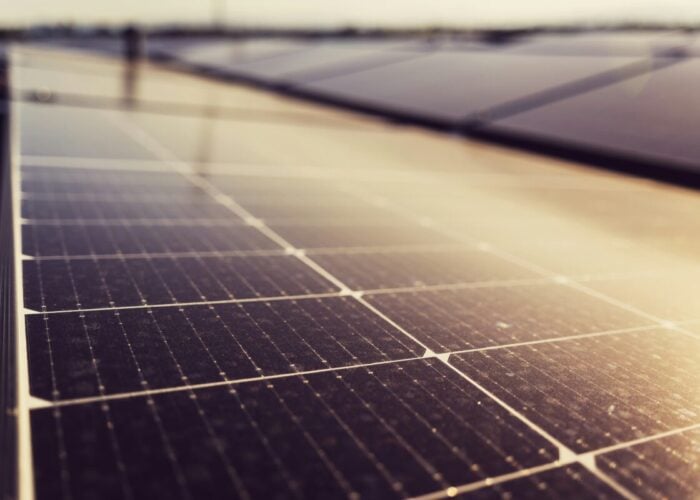
The California Public Utilities Commission (CPUC) has released a Proposed Decision (PD) for the US state’s community solar programme that will expand existing programmes and authorise a new one yet falls short of expectations.
Despite extensive industry support for the Net Value Billing Tariff (NVBT) that was proposed by the Coalition for Community Solar Access (CCSA), CPUC’s decision approved utility-backed propositions that could cut short the growth of community solar in the state.
Try Premium for just $1
- Full premium access for the first month at only $1
- Converts to an annual rate after 30 days unless cancelled
- Cancel anytime during the trial period
Premium Benefits
- Expert industry analysis and interviews
- Digital access to PV Tech Power journal
- Exclusive event discounts
Or get the full Premium subscription right away
Or continue reading this article for free
According to CCSA, US states with similar programmes to the NVBT have deployed over 6.6GW of community solar capacity, while the proposed California programme estimated an 8GW deployment under existing infrastructure with no need to upgrade the grid.
In its PD, CPUC found that the Net Value Billing Tariff (NVBT) “conflicts with federal law and does not meet the requirements of AB 2316”. The NVBT programme was supported by a broad coalition of environmental justice groups, ratepayer advocates, labour, and the building industry association.
Derek Chernow, Western Regional Director at CCSA, said: “The CPUC had a significant opportunity to take a major step forward today to position California as a national leader in community solar deployment. Unfortunately, this proposed decision misses the mark entirely and will make it impossible to ensure equitable access to renewable energy plus storage projects that maximize benefits to low-income communities and further environmental justice. Scaling community solar capacity is key to impacting as many low-income customers as possible.”
There was a similar reaction from trade body Solar Energy Industries Association (SEIA) which called CPUC’s proposed decision a “significant misstep”.
“The state legislature made it clear in passing AB 2316 that it wants a robust programme to provide community solar to low-income Californians and to support grid resilience for all ratepayers. This proposed decision, if adopted, will harm those efforts and risk California missing out on crucial federal funding by approving a utility-backed alternative that is unlikely to be commercially viable,” said Stephanie Doyle, California state affairs director at SEIA.
Among the proposals of the NVBT programme was the inclusion of new community solar projects to be paired with a four-hour battery storage system which would have ensured that at least 51% of new capacity served low-income households.
Despite being the leading state in installed solar capacity – especially at utility-scale and residential solar segments – with over 46GW as of Q4 2023, according to SEIA’s data, California’s community solar deployment has lagged behind the leaders in that market: New York and Minnesota.
CPUC’s decision comes mere weeks after the US Department of Energy called for the solar industry to treble the installed capacity of community solar to 20GW by 2025.
Expanding current community solar programmes
CPUC’s Proposed Decision aims to expand two existing programmes, including the Disadvantaged Community Green Tariff Program, which will add 60MW and bring its total to 144MW. This programme provides subsidies to participants that reduce their monthly electricity bills by 20%.
Another programme being expanded is the Green Tariff Program which is available to both commercial and residential customers.
In its proposed decision, CPUC selected the Green Access Program – which includes the existing programmes – despite its tariff options “do not meet all the evaluation goals described in AB 2316, the California Public Utilities Commission (Commission) finds it efficient — in terms of costs and resources — to modify and streamline existing Green Access Program tariffs to better meet these goals.”
On top of these two existing programmes, a new community solar programme is expected to benefit low-income customers, with a minimum requirement of 51% of subscribers being low-income.
The proposed decision could be approved as soon as 18 April 2024, over a year and a half since the governor of California Gavin Newsom signed a proposed community solar programme into law in September 2022, Assembly Bill 2316.
Other state’s community solar programmes
In the past year, several states across the US have implemented or modified a community solar programme. Among them, Ohio established a pilot community solar programme which targets to add 1.5GW of capacity, while Minnesota’s new legislation could see up to 100MW of capacity added between 2024 to 2026.
New York – which is the leading state in terms of installed community solar capacity with over 2GW – unveiled an initiative that aims to boost access to community solar earlier this year.
Furthermore, a study in Wisconsin estimated that community solar could add 1.75GW of renewable capacity in the state.






